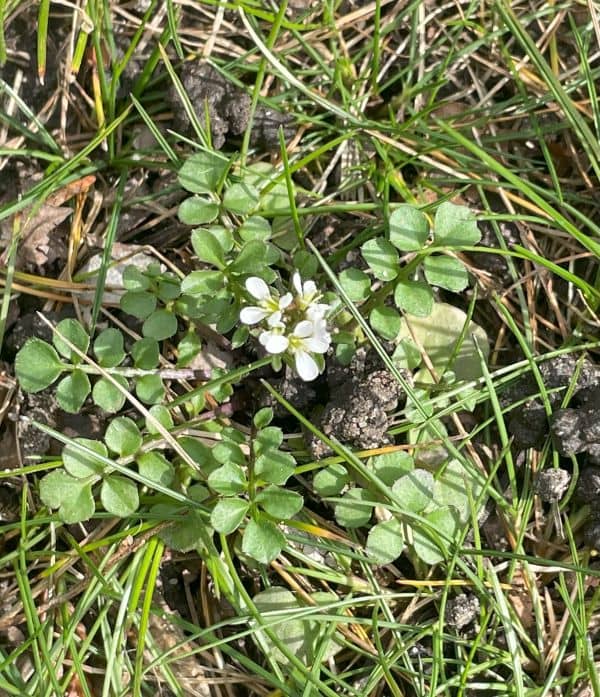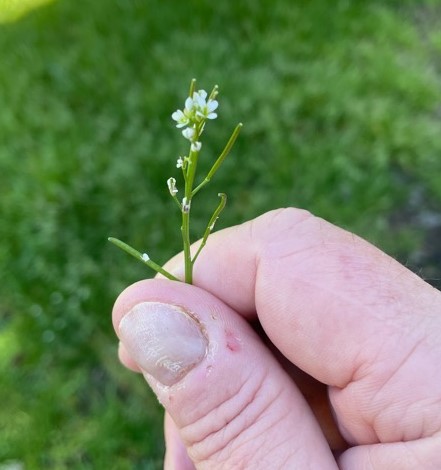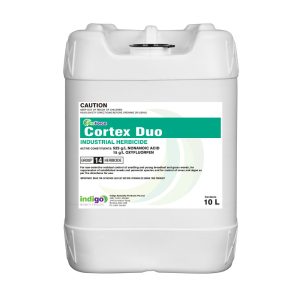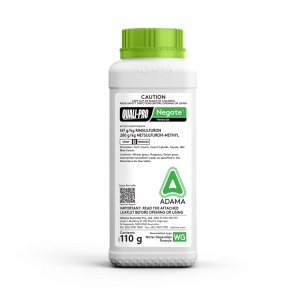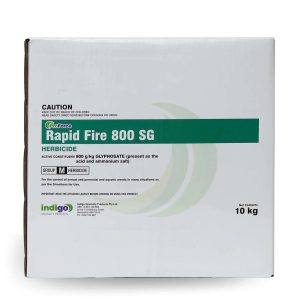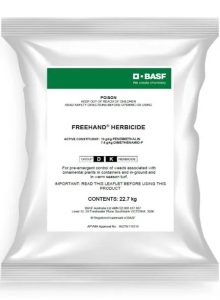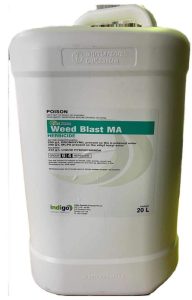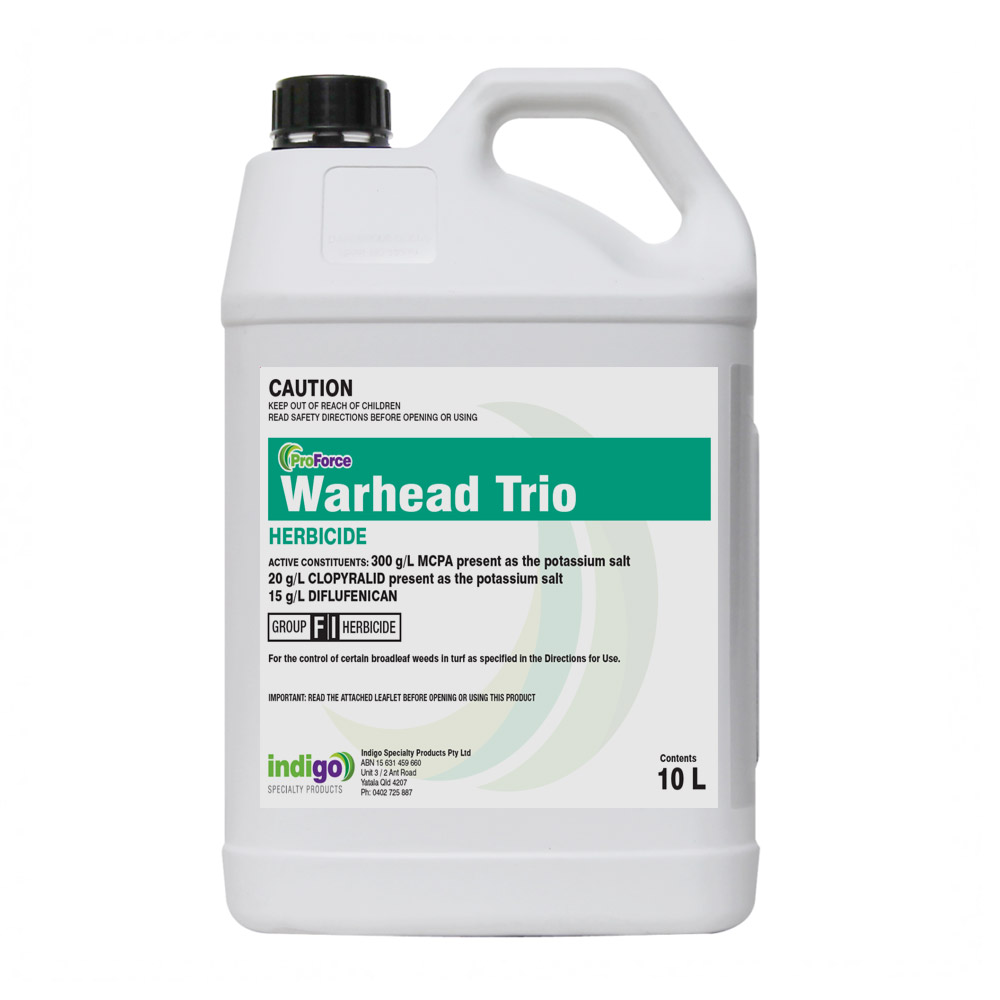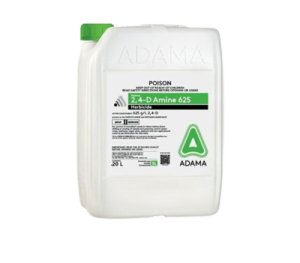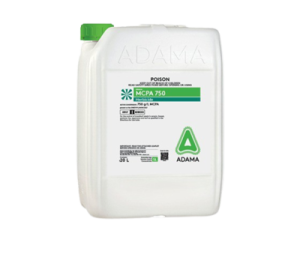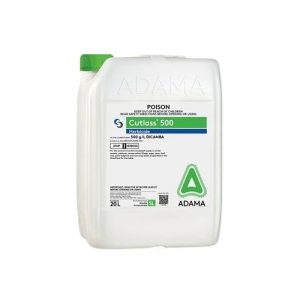Hairy Bittercress (Cardamine hirsuta).
Hairy Bittercress is also called Flick Weed. It is a Winter annual broadleaf weed and is a member of the mustard family.
Why is Bittercress a Weed?
- This weed produces a large number of seeds.
- Once it sets seed it germinates straight away.
- It can also stay dormant in the soil for several years.
- The seeds are sticky. This means that they can easily spread.
- It favours a moist climate, and is common in the Southern Highlands of NSW.
- However, this weed can germinate and grow all the year round.
- It is a host for aphids.
This weed is a good indicator of wet soils. It is often is found in disturbed areas.
After you read this, you will be able to:
- Identify Swinecress and Flick Weed.
- Know its habitat.
- Know the best cultural and chemical options to control it.
This weed is typically one of the first weeds to appear in the Spring. However, it can grow all the year-round when suitable conditions exist.
The distribution map is courtesy of The Living Atlas of Australia.
For more information, please check out our weed ID chart.
Bittercress Identification.
Flick Weed is a weed in the ACT, NSW, NT, QLD, SA, TAS, VIC, and WA.
Category: It is a broadleaf (Dicot) weed.
Photosynthetic Pathway: This weed is a C3 Weed.
Flower: It has small white flowers that have four white petals. They are around 3 mm long.
Height: This is a slender annual herb that grows to a height of 35 cm.
Leaves: Flick Weed has thin, sparsely hairy leaves that form a rosette at their base. These leaves have 1 to 7 leaflets. The side leaflets are circular, and the terminal leaflets have a kidney shape. On both sides of the leaves are many tiny hairs.
Reproduction:
- It forms lime green seed pods that are up to 25 mm long.
- These flick the seeds out when they are ripe. The seeds can travel 1 to 2 metres from the plant.
- Each plant produces up to 5,000 seeds.
- The seeds can germinate straight away.
- In good conditions the seeds can survive for several years.
Comments:
- This weed tends to set seed in the Autumn or the Winter.
- The seeds stay dormant in cold weather.
- In the Spring the plants start to grow again, and then produce more seeds.
- It has a 12 week lifecycle.
Habitat: You find this weed in most gardens and in thin lawns. It is common in damp, sunny or disturbed soils.
How to Remove Bittercress from your Lawn.
Cultural Control of Bittercress.
- The key to manage this weed is to prevent it in the first place.
- You can hand weed to manage small populations. However, you must repeat this regularly.
- It is important to hand weed before this weed flowers. If you don’t the seeds will still disperse when you handle the plants.
- Once you pull it up, take the plant away from the area and dispose of it.
- The seeds do not germinate where there is competition or shade. This means that your choice of turf for your site is important.
- If you fertilise, mow, and water properly this will encourage turf growth. This also reduces the chances of weed establishment.
- In the Spring aim to mow frequently. This removes the flowers before any seeds develop.
- This weed grows from a rosette, and so tolerates mowing.
Management Calendar for Bittercress.
This is a temperate weed, so there are some geographical variations with the timings. However, the chart below will give you a good place to start.
- Note the importance of regular mowing, and hand pulling of this weed.
- Be aware of the short period between when it germinates and sets seed.
Management Calendar for Bittercress | ||||||||||||
Winter annual | ||||||||||||
Month | Jan | Feb | Mar | Apr | May | Jun | Jul | Aug | Sep | Oct | Nov | Dec |
Germination | ||||||||||||
Hand Pull/Mow | ||||||||||||
Pre emergent | ||||||||||||
Post Emergent | ||||||||||||
Chemical Control of Bittercress.
There are several weed killers that can control this weed. Treatment is best over the entire area rather than spot treating.
Pre-emergents for Bittercress.
- Only BASF Freehand and Pendimethalin (ProForce Battalia 435 Herbicide) have a label for this weed.
- In the US, pre-emergents include: Indaziflam, Oxadiazon, and Dithiopyr.
Post Emergents for Bittercress.
Post emergents include:
- 2,4-D.
- Warhead Trio. This is safe on Buffalo grass.
- Contra M herbicide. Do not use this on Buffalo grass.
- MCPA.
- Weed Blast MA. This is safe on Buffalo grass.
- Dicamba. Don’t use this on Buffalo grass..
- Quali-Pro Negate.
Table for Post Emergents.
Product Option | Active | Chemical Group | Rate/Ha | Comments | ||||
2,4-D | 2,4-D | 4 | 1.8 to 3.2 L | Wet foliage. DO NOT mow lawn for 1 week before and at least 1 weed after use. DO NOT use on Buffalo grass (WA only). | ||||
MCPA | MCPA | 4 | 930 ml to 1.8 L | Use in a high water volume to actively growing weeds. DO NOT mow for 2 days before use. Some transitory damage may occur to fine turf grass. | ||||
Dicamba | Dicamba | 4 | 1.2 L + 3.2 L of 2,4-D Amine 625 g/L | Use a minimum of 1000 L/Ha water. Do not spray on Buffalo or Bent Grass. | ||||
Negate. | Rimsulfuron + Metsulfuron-methyl | 2 | 110 g | Apply to growing weeds and not to weeds under stress. | ||||
Weed Blast MA. | Bromoxynil + MCPA | 6 + 4 | 3 to 6 L | Apply in a min of 500 L/Ha water. DO NOT mow for 2 days after use. | ||||
Warhead | MCPA + Clopyralid + Diflufenican | 4 + 12 | 5 L | You may see discolouration on kikuyu, carpet grass and Queensland blue. Avoid any spray overlap. Use an NIS like Optispread. | ||||
Contra M. | Dicamba + MCPA | 4 | 6.5 L | Use in 250 to 400 L water. DO NOT use on Buffalo grass. After use do not mow for 2 days before or afterwards or fertilise within two weeks. | ||||
Non Selective Control of Bittercress.
- Glufosinate provides control for 4 to 6 weeks. It will tend to regrow after you treat it.
- Glyphosate. You can use Glyphosate. If water quality is an issue then use ProForce Manta Ray.
The list below is of non-selectives that have a long term residual. The residual stops re-growth of this weed.
- Renegade. Renegade stops seed germination for up to 12 months, and reduces the need for product applications.
- Numchuk Quad. This gives effective post and pre emergent control for up to 12 months.
- Cortex Duo. Cortex Duo gives a rapid knockdown. It then has a 3 month residual. It is also safe to use near trees.
Table of Non Selectives for Flick weed.
Product | Active Ingredient | Group | Use Rate/Ha |
Glufosinate 200 | Glufosinate-ammonium | 10 | 1 to 6 L |
Rapid Fire 800 | Glyphosate | 9 | 0.9 to 1.35 Kg |
Numchuk Quad | Terbuthylazine + Glyphosate + Amitrole Oxyfluorfen | 5 + 9 + 34 + 14 | 20 to 25 L |
Cortex Duo | Nonanoic Acid + Oxyfluorfen | 14 | 7 L/1000L |
Renegade | Bromacil | 5 | 3.5 to 6.5 Kg |

